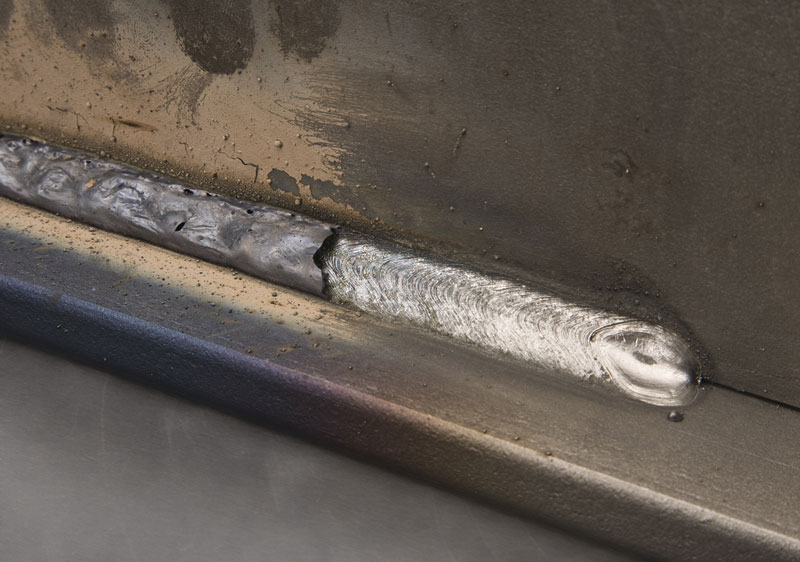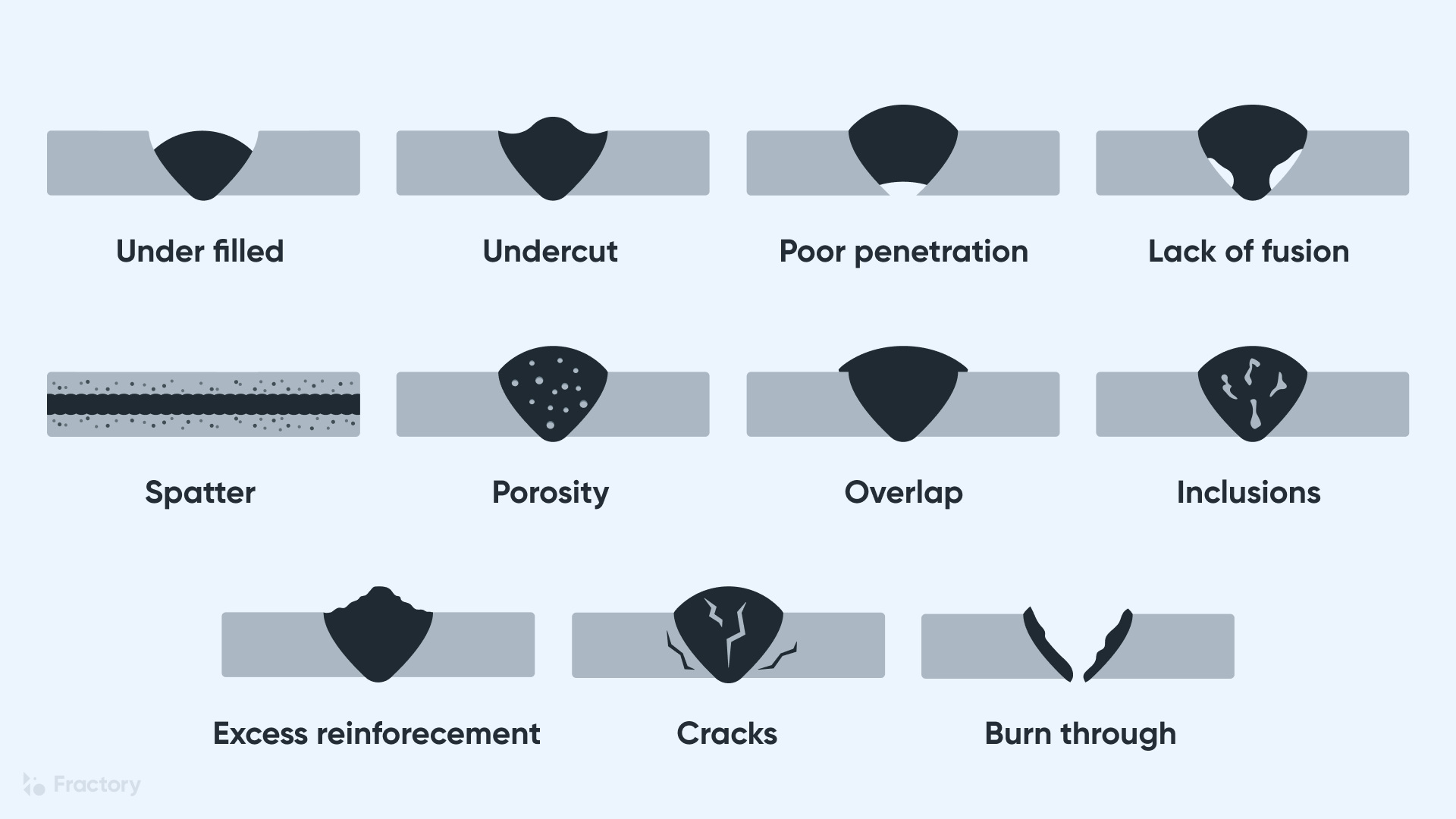Comprehensive Overview: What is Porosity in Welding and Exactly How to stop It
Comprehensive Overview: What is Porosity in Welding and Exactly How to stop It
Blog Article
Comprehending Porosity in Welding: Checking Out Causes, Results, and Prevention Strategies
Porosity in welding is a consistent obstacle that can considerably impact the high quality and stability of welds. As experts in the welding market are cognizant, recognizing the reasons, effects, and avoidance strategies connected to porosity is critical for achieving durable and trusted welds. By diving right into the source of porosity, examining its damaging effects on weld high quality, and exploring efficient avoidance approaches, welders can enhance their understanding and abilities to create top notch welds continually. The detailed interplay of factors contributing to porosity needs an extensive understanding and a positive approach to make sure successful welding results.
Common Causes of Porosity
Contamination, in the type of dirt, grease, or corrosion on the welding surface area, produces gas pockets when heated, leading to porosity in the weld. Improper shielding takes place when the shielding gas, commonly utilized in processes like MIG and TIG welding, is incapable to totally protect the molten weld swimming pool from reacting with the bordering air, resulting in gas entrapment and subsequent porosity. Furthermore, insufficient gas protection, often due to wrong circulation prices or nozzle positioning, can leave components of the weld unsafe, enabling porosity to develop.
Impacts on Weld Quality
The presence of porosity in a weld can dramatically endanger the overall quality and stability of the bonded joint. Porosity within a weld develops gaps or cavities that damage the framework, making it more prone to breaking, rust, and mechanical failing. These voids serve as anxiety concentrators, lowering the load-bearing ability of the weld and raising the chance of premature failing under applied tension. On top of that, porosity can additionally offer as possible sites for hydrogen entrapment, more aggravating the destruction of the weld's mechanical properties.
In addition, porosity can impede the performance of non-destructive testing (NDT) techniques, making it challenging to spot other issues or interruptions within the weld. This can bring about considerable safety problems, particularly in essential applications where the architectural stability of the bonded components is extremely important.

Avoidance Techniques Review
Provided the detrimental impact of porosity on weld top quality, effective avoidance methods are essential to keeping the structural integrity of welded joints. One of the main avoidance strategies is extensive cleaning of the base products prior to welding. Impurities such as oil, grease, corrosion, and dampness can add to porosity, so guaranteeing a tidy job surface is important. Proper storage space of welding consumables in dry conditions is likewise crucial to stop moisture absorption, which can lead to gas Learn More entrapment throughout welding. Additionally, selecting the ideal welding specifications, such as voltage, present, and travel rate, can aid decrease the This Site danger of porosity development. Making certain adequate securing gas circulation and insurance coverage is another essential prevention method, as not enough gas insurance coverage can cause climatic contamination and porosity. Lastly, correct welder training and qualification are necessary for implementing precautionary actions properly and consistently. By including these avoidance strategies right into welding practices, the event of porosity can be substantially decreased, causing more powerful and extra reliable bonded joints.
Importance of Correct Shielding
Appropriate protecting in welding plays a vital duty in stopping climatic contamination and making sure the integrity of welded joints. Shielding gases, such as argon, helium, or a blend of both, are frequently used to protect the weld pool from responding with components airborne like oxygen and nitrogen. When these reactive components come into call with the hot weld pool, they can create porosity, leading to weak welds with minimized mechanical buildings.

Poor protecting can lead to numerous issues like porosity, spatter, and oxidation, compromising the structural integrity of the welded joint. Adhering to correct shielding techniques is essential to create top quality welds with marginal defects and ensure the durability and integrity of the welded components.
Surveillance and Control Methods
How can welders successfully monitor and regulate the welding process to make sure optimum results and avoid flaws like porosity? One secret approach is with the use of sophisticated tracking technologies. These can consist of real-time tracking systems that offer comments on parameters such as voltage, existing, travel speed, and gas circulation rates. By continually checking these variables, welders can determine variances from the optimal conditions and make immediate adjustments to avoid porosity development.

Additionally, executing proper training programs for welders is vital for monitoring and controlling the welding procedure successfully. What is Porosity. Educating welders on the importance of preserving constant parameters, such as proper gas shielding and travel rate, can help stop porosity problems. Routine evaluations and certifications can likewise make sure that welders are proficient in monitoring and controlling welding procedures
Additionally, making use of automated welding systems can enhance monitoring and control abilities. These systems can exactly control welding criteria, lowering the possibility of human error and guaranteeing regular weld quality. By integrating sophisticated surveillance modern technologies, training programs, and automated systems, welders can successfully keep an eye on and manage the welding procedure to minimize porosity flaws and attain top notch welds.
Conclusion

Report this page